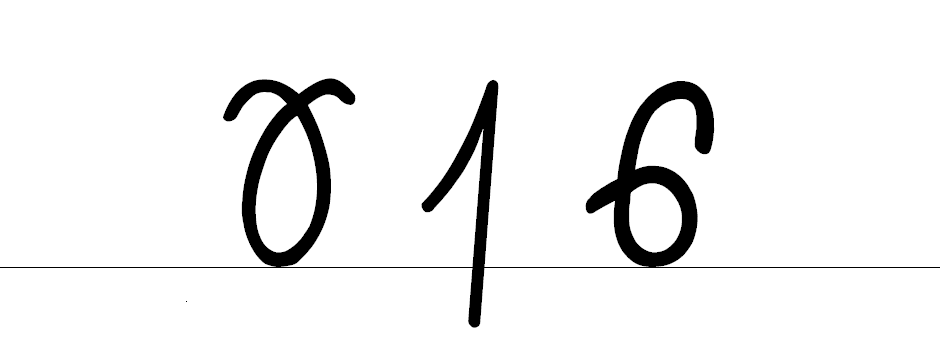Sütterlin script on:
[Wikipedia]
[Google]
[Amazon]
(, " script") is the last widely used form of , the historical form of


A a
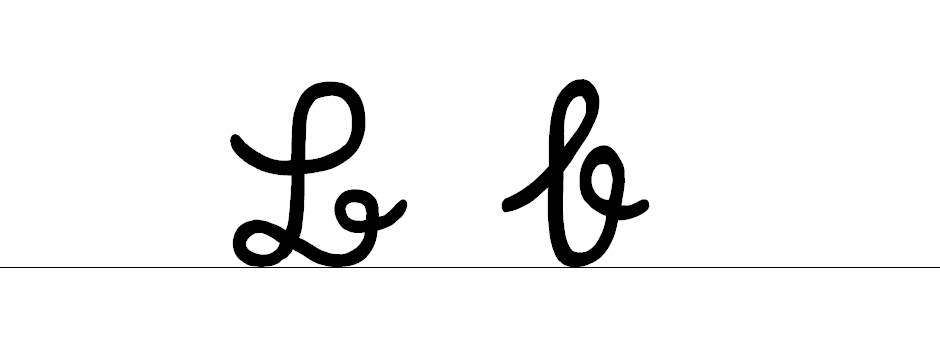
B b

C c

D d

E e
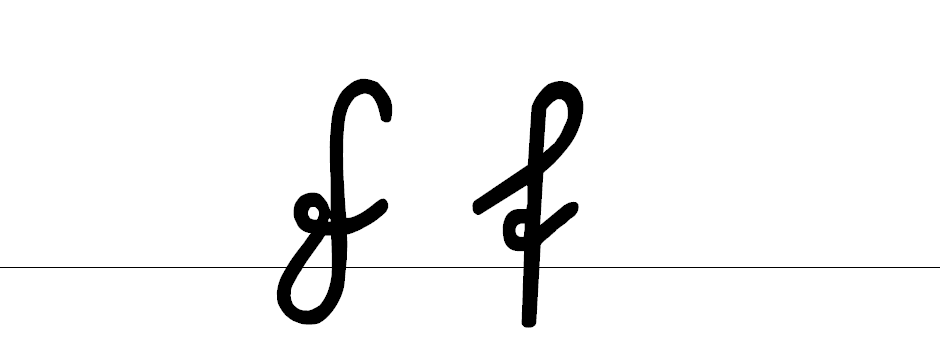
F f
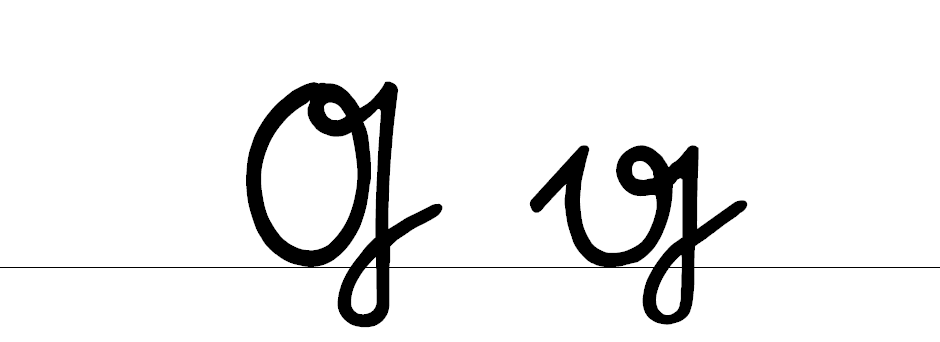
G g

H h
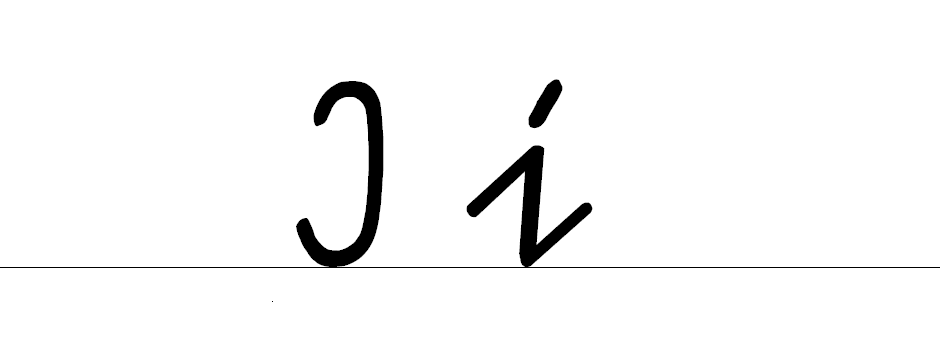
I i

J j
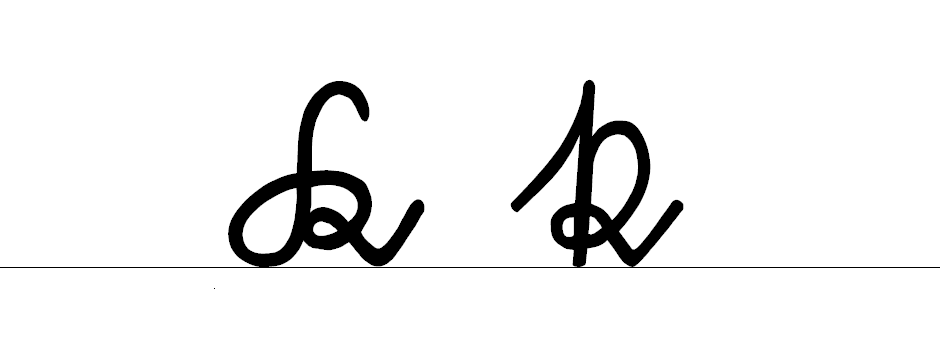
K k
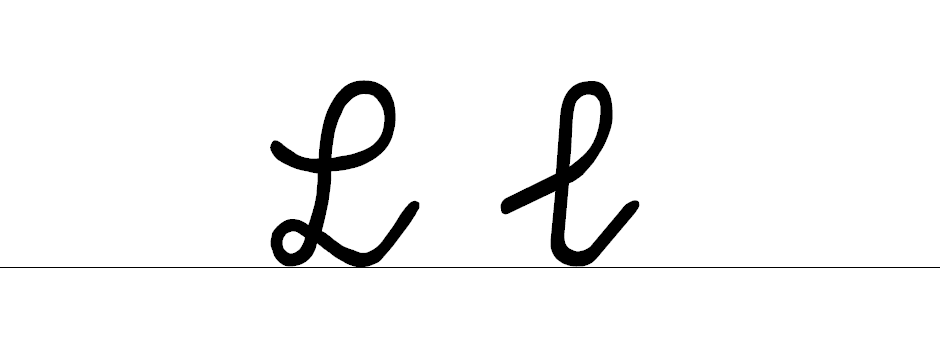
L l

M m

N n

O o

P p

Q q

R r

ß

T t

U u

V v

W w

X x

Y y

Z z

Ä ä

Ö ö
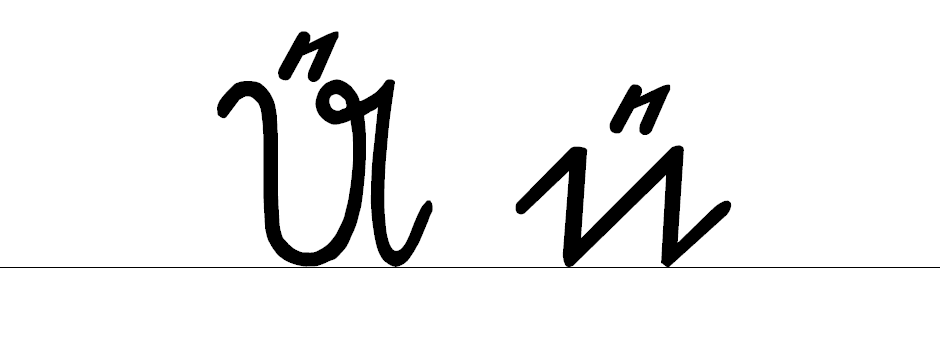
Ü ü
File:Bäckerei in Sütterlin.JPG, The text ' in script in
The script at Omniglot
German language page about — with history of German cursive handwriting and Sütterlin
a lesson, with sample texts *
{{DEFAULTSORT:Sutterlin Blackletter Penmanship Western calligraphy German orthography
German
German(s) may refer to:
* Germany (of or related to)
** Germania (historical use)
* Germans, citizens of Germany, people of German ancestry, or native speakers of the German language
** For citizens of Germany, see also German nationality law
**Ge ...
handwriting that evolved alongside German blackletter (most notably ') typefaces. Graphic artist Ludwig Sütterlin was commissioned by the Prussia
Prussia, , Old Prussian: ''Prūsa'' or ''Prūsija'' was a German state on the southeast coast of the Baltic Sea. It formed the German Empire under Prussian rule when it united the German states in 1871. It was ''de facto'' dissolved by an ...
n Ministry of Science, Art and Culture (') to create a modern handwriting script in 1911. His handwriting scheme gradually replaced the older cursive scripts that had developed in the 16th century at the same time that letters in books had developed into Fraktur
Fraktur () is a calligraphic hand of the Latin alphabet and any of several blackletter typefaces derived from this hand. The blackletter lines are broken up; that is, their forms contain many angles when compared to the curves of the Antiqu ...
. The name ' is nowadays often used to refer to all varieties of old German handwriting, although only this specific script was taught in all German schools from 1915 to 1941.
History
The ministry had asked for "modern" handwriting scripts to be used in offices and to be taught in school. created two scripts in parallel with the two typefaces that were in use (see Antiqua–Fraktur dispute). The scripts were introduced in Prussia in 1915, and from the 1920s onwards, it began to replace the relatively similar old German handwriting () in schools. In 1935, the style officially became the only German script taught in schools. TheNazi Party
The Nazi Party, officially the National Socialist German Workers' Party (german: Nationalsozialistische Deutsche Arbeiterpartei or NSDAP), was a far-right political party in Germany active between 1920 and 1945 that created and supported t ...
banned all "broken" blackletter typefaces in 1941, which were seen as chaotic, including , and replaced them with Latin-type letters like Antiqua. However, many German-speakers who had been brought up with that writing system continued to use it well into the postwar period.
continued to be taught in some German schools until the 1970s but no longer as the primary script.
Characteristics
The lower-case 'e' contains two vertical bars close together, in which the origin of the umlautdiacritic
A diacritic (also diacritical mark, diacritical point, diacritical sign, or accent) is a glyph added to a letter or to a basic glyph. The term derives from the Ancient Greek (, "distinguishing"), from (, "to distinguish"). The word ''diacriti ...
(¨) from a small 'e' written above the modified vowel can be seen.
Sütterlin is based on the old German handwriting, which is a handwriting form of the Blackletter scripts such as or , the German print scripts which were used during the same time.
It also had the long s (ſ), as well as several standard ligatures such as (f-f), (ſ-t), (s-t), and ß (ſ-z or ſ-s).
Because of their distinctiveness, letters can be used on the blackboard for mathematical symbol
A mathematical symbol is a figure or a combination of figures that is used to represent a mathematical object, an action on mathematical objects, a relation between mathematical objects, or for structuring the other symbols that occur in a formula ...
s, which would use letters in print. The lower-case d in and is used in proofreading for ' ("let it be deleted").
Overview of the letters
(There are two lower case letters "s". The second one is used at the end of a syllable.)

A a

B b

C c

D d

E e

F f

G g

H h

I i

J j

K k

L l

M m

N n

O o

P p

Q q

R r

ß

T t

U u

V v

W w

X x

Y y

Z z

Ä ä

Ö ö

Ü ü
Examples
Wismar
Wismar (; Low German: ''Wismer''), officially the Hanseatic City of Wismar (''Hansestadt Wismar'') is, with around 43,000 inhabitants, the sixth-largest city of the northeastern German state of Mecklenburg-Vorpommern, and the fourth-largest city ...
, northern Germany.
File:ArreststubeNr1K.JPG, In Petersberg Citadel, Erfurt: ' ("lock-up room No. 1"). Notice the long s's.
File:Offizierswache1K.JPG, ' ("officers' guardroom"). Notice the round s at the end of ', since it occurs at the end of a syllable.
File:Grenadierwache1K.JPG, ', " grenadiers' guardroom"
File:Kant in Sütterlin font.png, Computer font version (text from '' What is Enlightenment?'' by Immanuel Kant
Immanuel Kant (, , ; 22 April 1724 – 12 February 1804) was a German philosopher and one of the central Enlightenment thinkers. Born in Königsberg, Kant's comprehensive and systematic works in epistemology, metaphysics, ethics, and ...
)
See also
* Antiqua–Fraktur dispute * Blackletter * (letter ''ß'') * * * handwritingNotes
References
External links
The script at Omniglot
German language page about — with history of German cursive handwriting and Sütterlin
a lesson, with sample texts *
{{DEFAULTSORT:Sutterlin Blackletter Penmanship Western calligraphy German orthography
